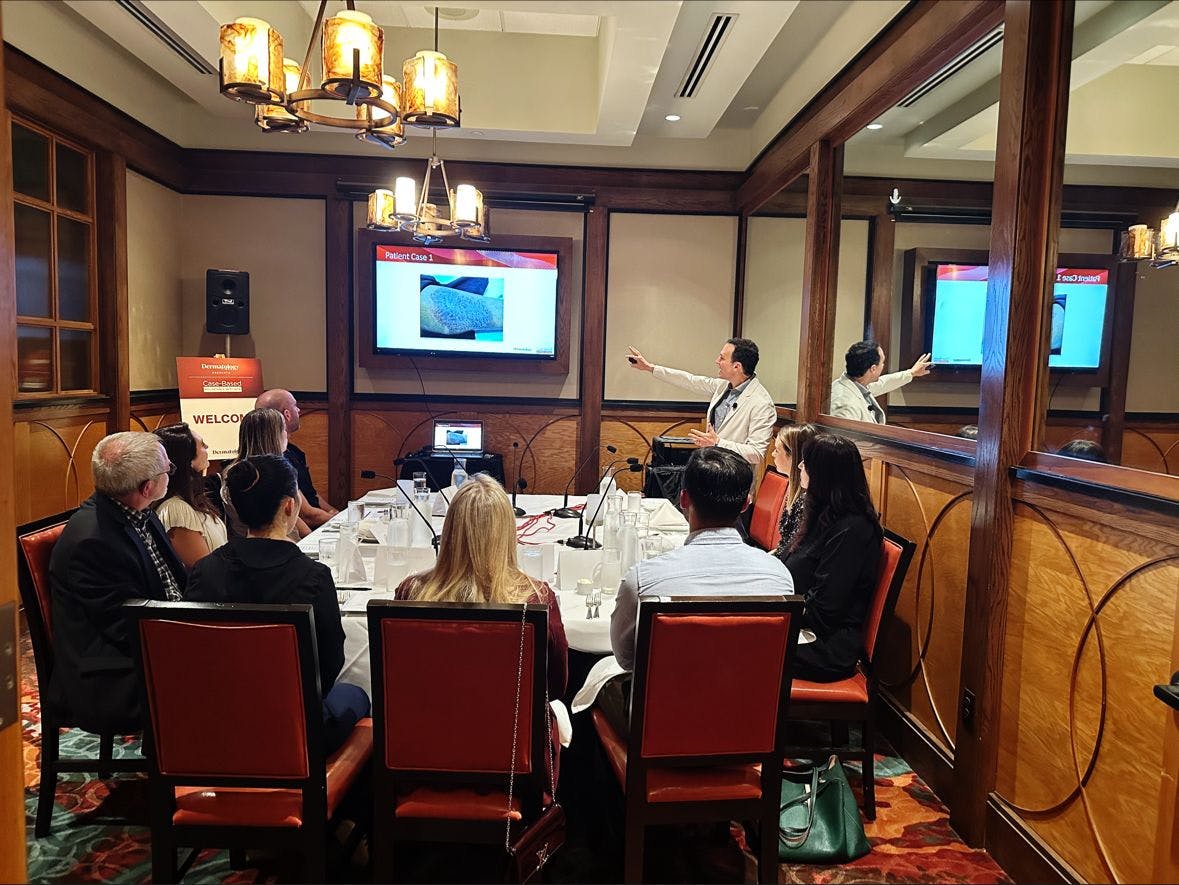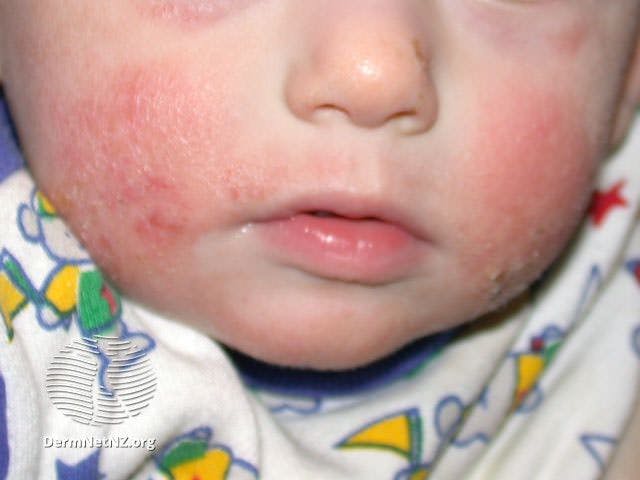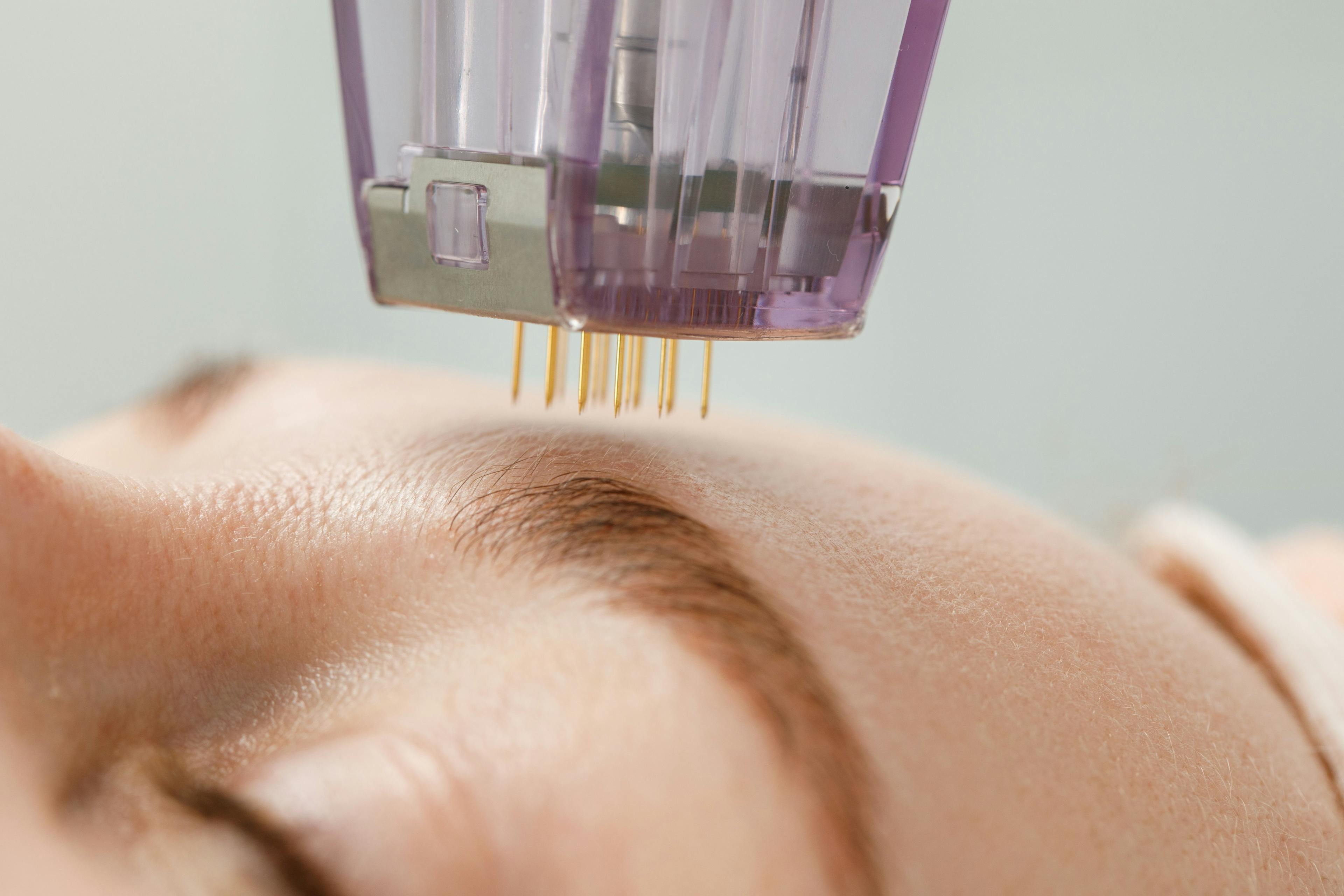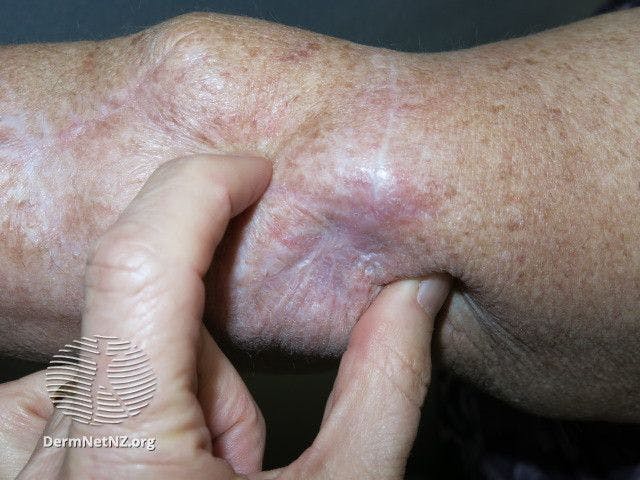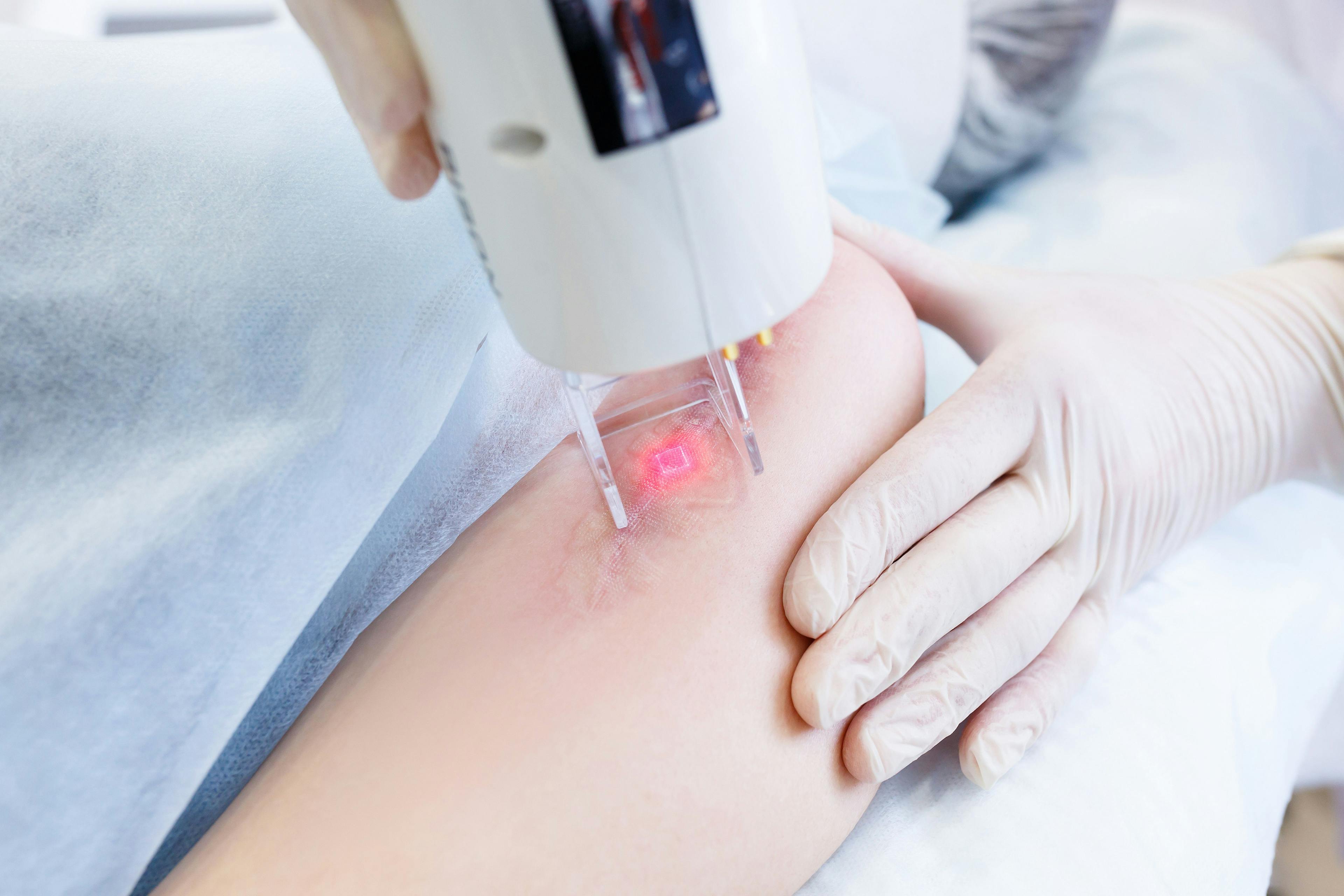- Acne
- Actinic Keratosis
- Aesthetics
- Alopecia
- Atopic Dermatitis
- Buy-and-Bill
- COVID-19
- Case-Based Roundtable
- Chronic Hand Eczema
- Chronic Spontaneous Urticaria
- Drug Watch
- Eczema
- General Dermatology
- Hidradenitis Suppurativa
- Melasma
- NP and PA
- Pediatric Dermatology
- Pigmentary Disorders
- Practice Management
- Precision Medicine and Biologics
- Prurigo Nodularis
- Psoriasis
- Psoriatic Arthritis
- Rare Disease
- Rosacea
- Skin Cancer
- Vitiligo
- Wound Care
News
Article
Dermatology Times
Revolutionizing Vitiligo Care: Dermatology Experts Offer Insights on Economic Factors
Author(s):
Experts Heather Woolery-Lloyd, MD; Chesahna Kindred, MD, MBA, FAAD; Gary M. Owens, MD; and Renata Block, MMS, PA-C, discuss the evolving landscape of vitiligo, particularly from an economic lens.

It has been just over one year since the FDA approved ruxolitinib (Opzelura) for the treatment of patients 12 years and older with vitiligo,1 and the dermatology space is seeing the first-of-its-kind drug expanding its reach to patients globally. In a Payer Provider Perspectives custom video series titled “Optimizing Patient Outcomes With Novel Therapeutic Approaches,” dermatology experts delve into a conversation about the evolving treatment landscape of vitiligo, methods of diagnosis and treatment, and patient well-being, with cost and ease of access at the forefront.
Experts Heather Woolery-Lloyd, MD; Chesahna Kindred, MD, MBA, FAAD; Gary M. Owens, MD; and Renata Block, MMS, PA-C, shared their insights.
Accurate Diagnosis and Management of Vitiligo
The journey into understanding and effectively managing vitiligo begins with accurate diagnosis. Kindred began the conversation by emphasizing the importance of a Wood lamp examination in vitiligo diagnosis.
“The diagnosis of vitiligo, thankfully, is one of the more straightforward diseases,” Kindred said. “Usually, [it] does appear with white spots, but I always do a white Wood lamp, and that helps me to notice the accentuation or a bright glowing to the skin. One of the reasons is because sometimes you can’t see the vitiligo, and I want to appreciate all the lesions of vitiligo to make sure I have a good assessment of how advanced the disease may or may not be.”
Kindred added that she most frequently sees patients with distinct patterns of vitiligo, including acrofacial, symmetric generalized, segmental, and generalized vitiligo, which may include mucosal involvement. Some areas, the experts agreed, are more difficult to manage and treat.
“We have to think of the approach of how we manage these patients, and looking at (it from) 14,000 feet, the psychosocial issues of the entire disease can be a challenge,” Block said. “But when we’re talking about the skin specifically, harder-to-treat areas are those that are devoid of hair. We’re thinking eyelids, we’re thinking the glans penis, areola area, maybe the mucosal lips, any area that has [fewer] hair follicles within it, like the fingertips or the toes, the elbows and knees.”
Exploring Economic and Payer Perspectives
The experts also discussed the economic aspects of vitiligo. Owens pointed out that research on the economic costs of the condition is limited, compounded by challenges posed by historical off-label treatments. Historically, vitiligo management primarily consisted of using off-label generic medications such as corticosteroids and calcineurin inhibitors, Owens said. These treatments had their limitations, especially in terms of efficacy and safety on sensitive areas like the face.
“The American Academy of Dermatology published a skin disease brief in 2017 that upped [the annual] cost to about $49 million, which again I think is very much understated, but they compared it [with] skin infections, which was a whopping $8.1 billion,” Owens said. “If you compare that [with] the big 3 diseases, cancer at $200 billion, diabetes at $237 billion, and cardiovascular disease at $320 billion, I think what we’re seeing here is that we don’t know the cost of vitiligo, and it may have a little problem getting attention just because it gets lost in some of those what I will call the thousand-pound-gorilla diseases that we’re looking at.”
The emergence of new therapies such as ruxolitinib has marked a significant turning point in vitiligo treatment from a payer’s standpoint. Unlike corticosteroids, which broadly impact the immune system, ruxolitinib offers precision in reducing inflammation, making it a safer and more effective option. Payers are adapting to this transformative shift, allowing existing patients access to ruxolitinib as a first-line therapy.
However, cost considerations and the need for prior authorization remain important factors in treatment decisions. Experts agreed that as vitiligo management evolves, it is essential to strike a balance between clinical benefits and costs to ensure better access for patients.
“I think we’re seeing an evolution of treatment. Ruxolitinib is still going to be prior authorized by most payers just because of the cost and [because] it fits into the specialty pharmacy benefit,” Owens said. “Paying a coinsurance, which is a percentage of the cost of the drug, can be expensive for people who are on topical ruxolitinib. There are some barriers there to people, especially those with comorbid conditions who may be getting a lot of other therapies. Maybe $25 or $30 doesn’t seem like much, but if you’re on 7 medicines and each of them is $30, that adds up very quickly. What I’m really getting at is payers are getting away from any treatment pathways in vitiligo. They still are prior authorizing ruxolitinib, and it’s still in a specialty tier simply because of the monthly cost.”
Efforts, however, are being made to address barriers to medication access for vitiligo therapies, the experts said. Comprehensive documentation that highlights psychosocial impacts and treatment histories can expedite access to novel therapies such as ruxolitinib. Co-pay cards and specialty pharmacies play a critical role in helping patients access these treatments, they noted.
Psychological and Quality of Life Effects
The experts agreed that the psychological toll of vitiligo cannot be underestimated. Kindred said that she has observed that many patients with vitiligo, especially those newly diagnosed, experience a sense of insecurity and low self-esteem.
Woolery-Lloyd noted that in her own experiences, she has observed that younger patients find it more difficult to deal with vitiligo as they age because of social and societal stigma.
“Once those patients become teenagers and are in middle school and high school, that’s difficult enough as it is. Then to have a skin disease that’s so visual and obvious, I think, can be really challenging,” she said. “I’m a big believer in understanding how important quality of life is. I think that it’svery important for us to recognize that vitiligo has this tremendous impact on quality of life in all of those affected, but particularly in these certain groups.”
Furthermore, stigma and socioeconomic impacts become deepened by compounding factors such as race, ethnicity, and identity, Kindred said. “Studies show that about 80% of our patients overall have some sort of psychiatric morbidity,” Kindred said. “That’s including major depressive disorder in more than 50% of the patients (and) social phobia in about 70%. We’re just talking about skin color in those with melanin-rich skin. All the patients in the study had major depressive disorder and a higher incidence of social phobia, higher risk of suicide, and lower self-esteem compared [with] our lighter-skinned patients.”
Block referenced a 2022 study from the Journal of Affective Disorders that found discrepancies in diagnosis among patients with more pigmented skin. “Rates of vitiligo for [White individuals] were at 27% as compared [with] 34% for [Black individuals] and African Americans, and 47% for Hispanic [individuals],” Block said. “[For those younger] than 65 years, 27%, compared [with] 49% [for those older] than 65 years. The discrepancy is likely attributable to the underdiagnosis of vitiligo as well as the lower diagnosis in people who don’t have insurance.”
Considering a Future-Focused Conclusion
The approval and global expansion of ruxolitinib as a treatment for vitiligo mark significant milestones in the field of dermatology, experts agreed. This groundbreaking drug offers new hope for patients worldwide. The emergence of precision therapies has revolutionized the treatment paradigm, although challenges related to cost and authorization persist.
“Prior to 2022, we had topical ruxolitinib. Payers really didn’t give much thought to vitiligo,” Owens said. “Yes, we had occasional patients...who were getting phototherapy, who we authorized phototherapy treatments for. But other than that, with the TCIs [target-controlled infusions] and topical corticosteroids, those are all we used off label for vitiligo. They were generic, for the most part, and not being managed by patients. Fast forward to 2022 and, I agree, ruxolitinib was a breakthrough because now we have the first targeted immunomodulatory agent.”
Additionally, the profound psychological and quality-of-life effects of vitiligo underscore the importance of holistic patient care, especially in the context of societal and racial disparities. As experts continue to advance their understanding and management of vitiligo, it is imperative to address these multifaceted aspects and ensure equitable access to innovative treatments.
“I think where the real challenge will come in will be 5 or 6 years down the road,” Owens said. “We have multiple therapies, and how that aspect is going to be managed, I’m not sure I have that answer yet, but it’s an interesting concept.”
The experts agreed that it is exciting and encouraging to see so much research behind vitiligo and the expansion of its once-limited treatment pathways. “I love that we do have this interest, this new interest in vitiligo, because I think it’s a disease that has been ‘forgotten’ for a while or maybe even ignored,” Woolery-Lloyd said. “This is exciting that we will get more data to understand economic impacts in the future.”

Newsletter
Like what you’re reading? Subscribe to Dermatology Times for weekly updates on therapies, innovations, and real-world practice tips.



